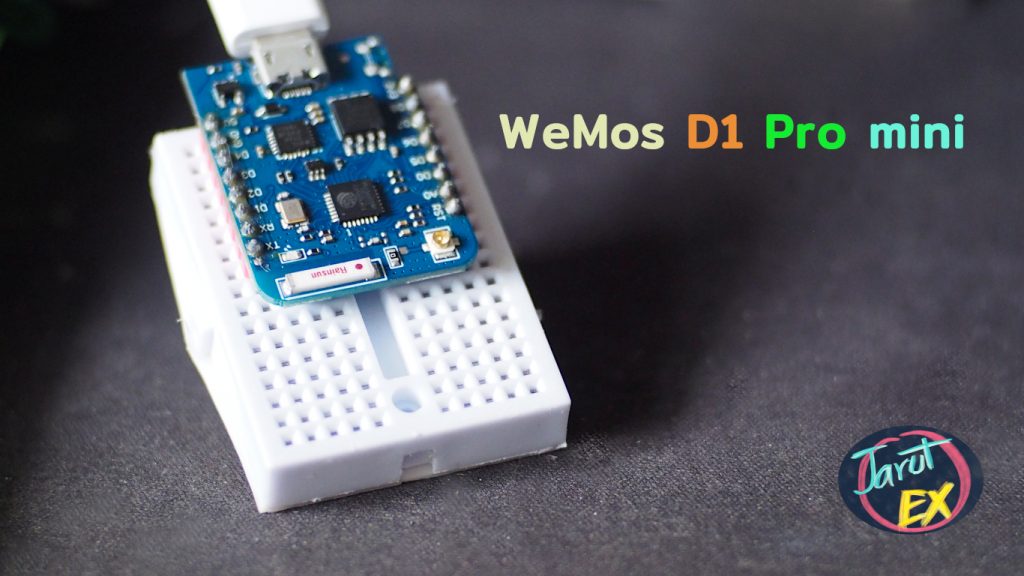ESP8266 is a device that nicely supports IoT functionality. But one of the downsides of the ESP8266 is the inadequate number of GPIOs or pins for input and output signals that can be used without a problem with the board’s functionality, so expanding ports for the ESP8266 is quite a thing that developers must be faced which can be performed in a several ways such as using PCF8574 as an expansion port via the I2C bus or connecting to Arduino via Serial Port to allow Arduino to work and send the results back via the serial communication port, etc. This article chose to use an Arduino Uno as a board for I / O to the ESP8266 by using the I2C bus operation.
Read MoreTag: English
English version
[EN] How to flash the MicroPython firmware to WeMos D1 Pro Mini
WeMos D1 Pro Mini is an ESP8266 board with 16MB Flash ROM memory, useful for taking unaltered images or data stored in Flash ROM for later usage. However, when flashing MicroPython firmware onto this board, there are steps that need to be done in addition to writing with the 4MB version of the board. (The method for the WeMos D1 R1 mini or ESP8266 board can be seen from this video) In this article, we will try to flash ROM and write a program to display board information.
